Revolutionary War Resource Gems You May Not Know About!
Most researchers are well-versed in the use of pension applications, bounty land warrant applications, and compiled service records in documenting Revolutionary War military service. These are the most commonly-sought resources pertaining to this conflict, but some lesser-known records are available that you may not be aware of. Records are also available that pertain to Americans who participated in numerous non-military ways. In this blog we’ll look at some of these resources; be sure to check them out later! Many of the following digital records are in the National Archives catalog and on the free website FamilySearch, both accessible from anywhere. If you don’t already have a free username and password for FamilySearch, you’ll need to create them to view images. War Department Collection of Revolutionary War Records (Record Group (RG) 93) The National Archives (NARA) created an artificial collection of Revolutionary War documents through purchase or copying from various sources,...


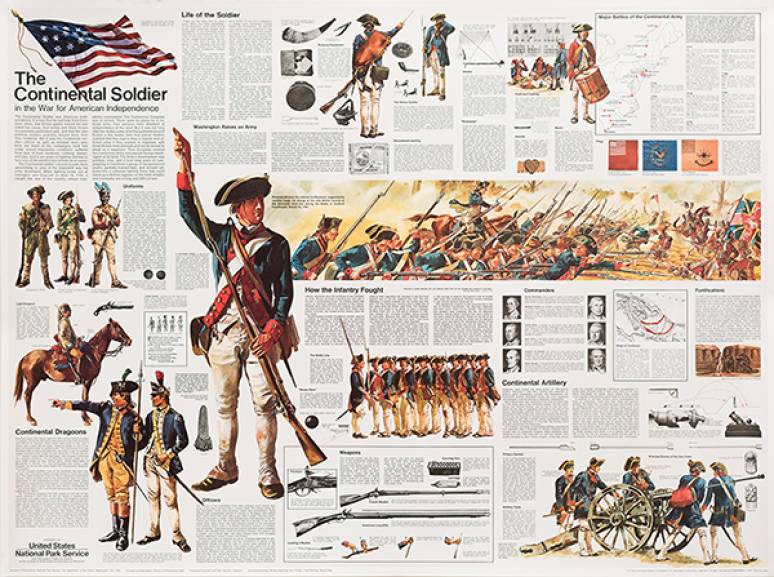
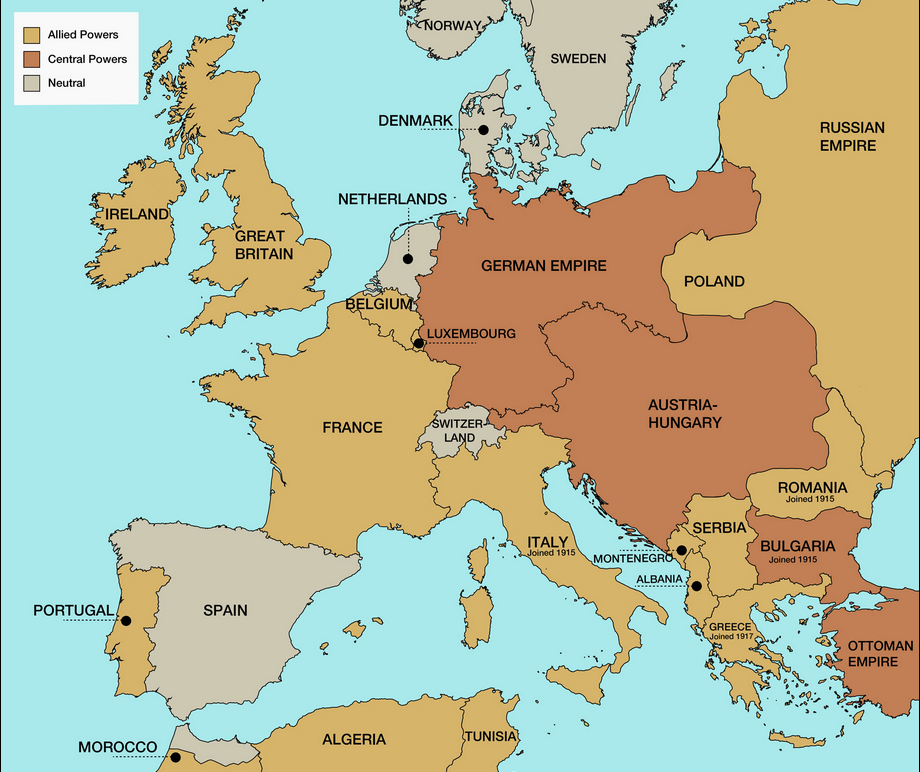
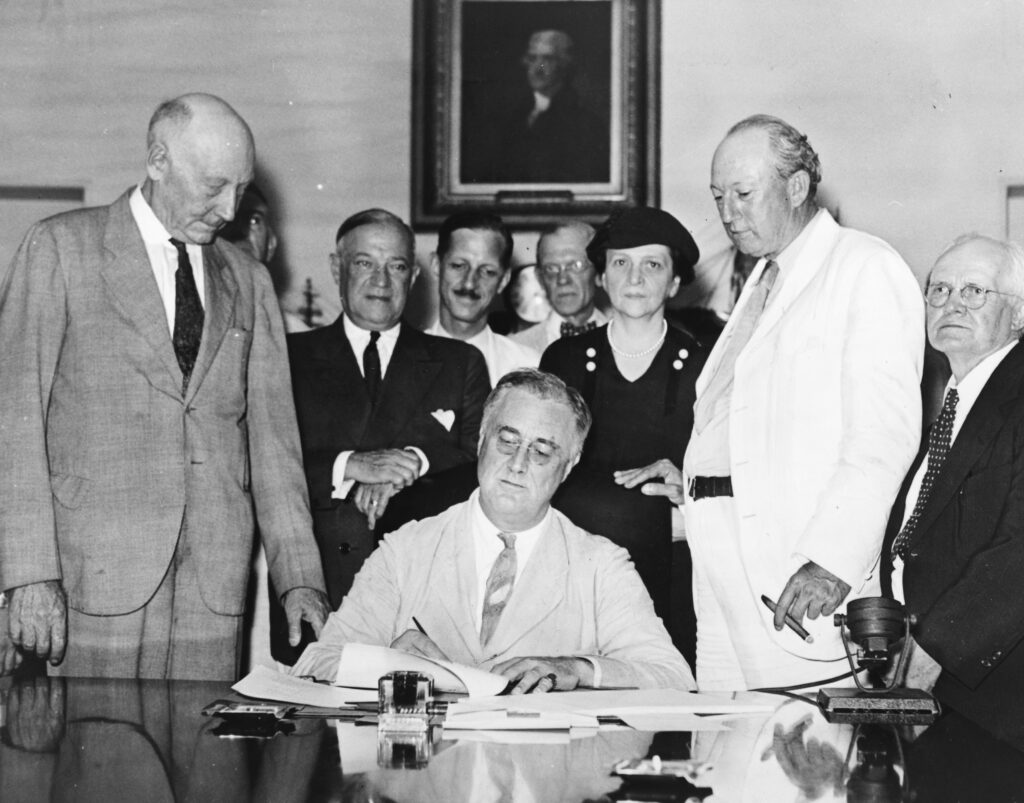

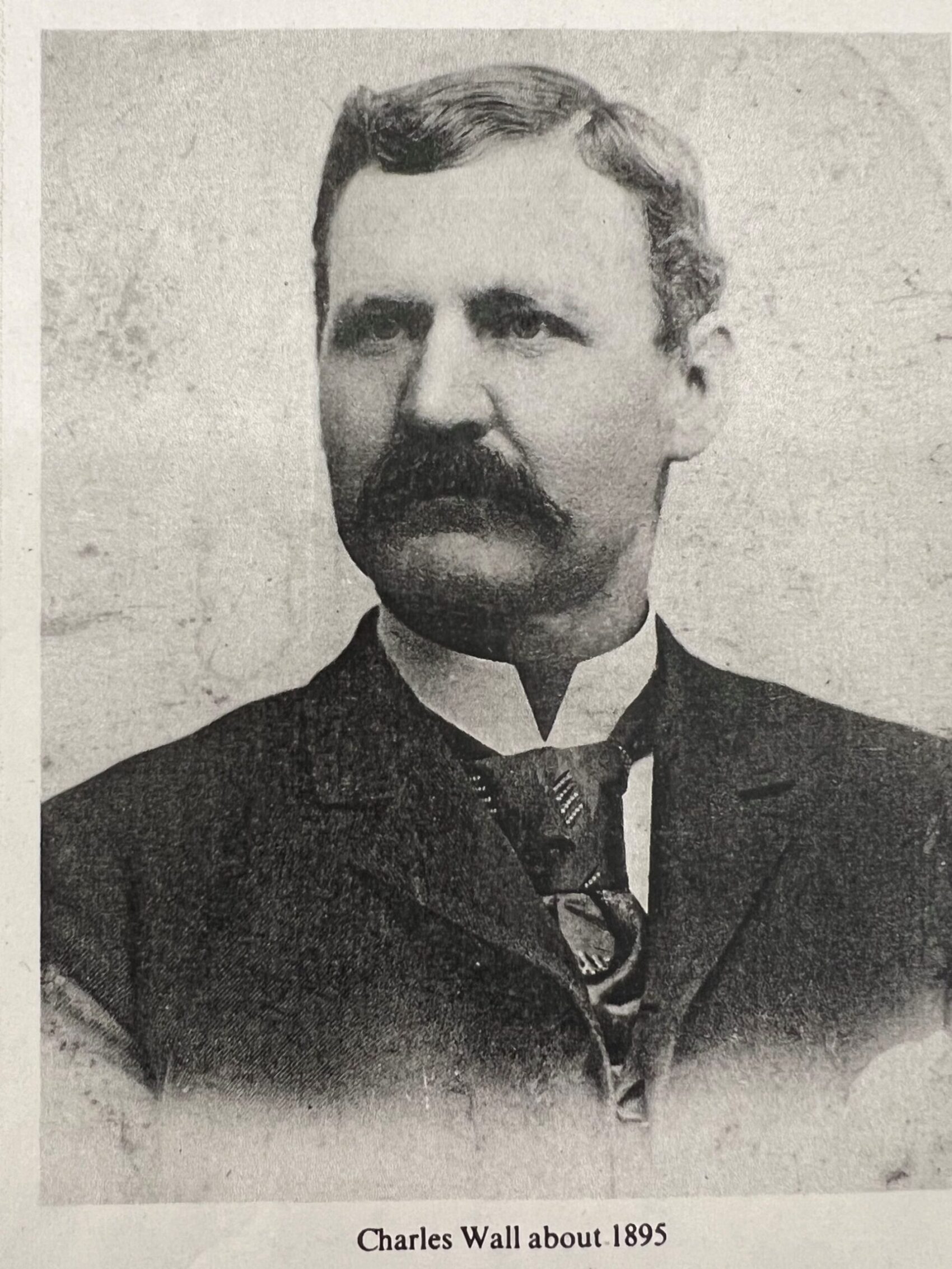

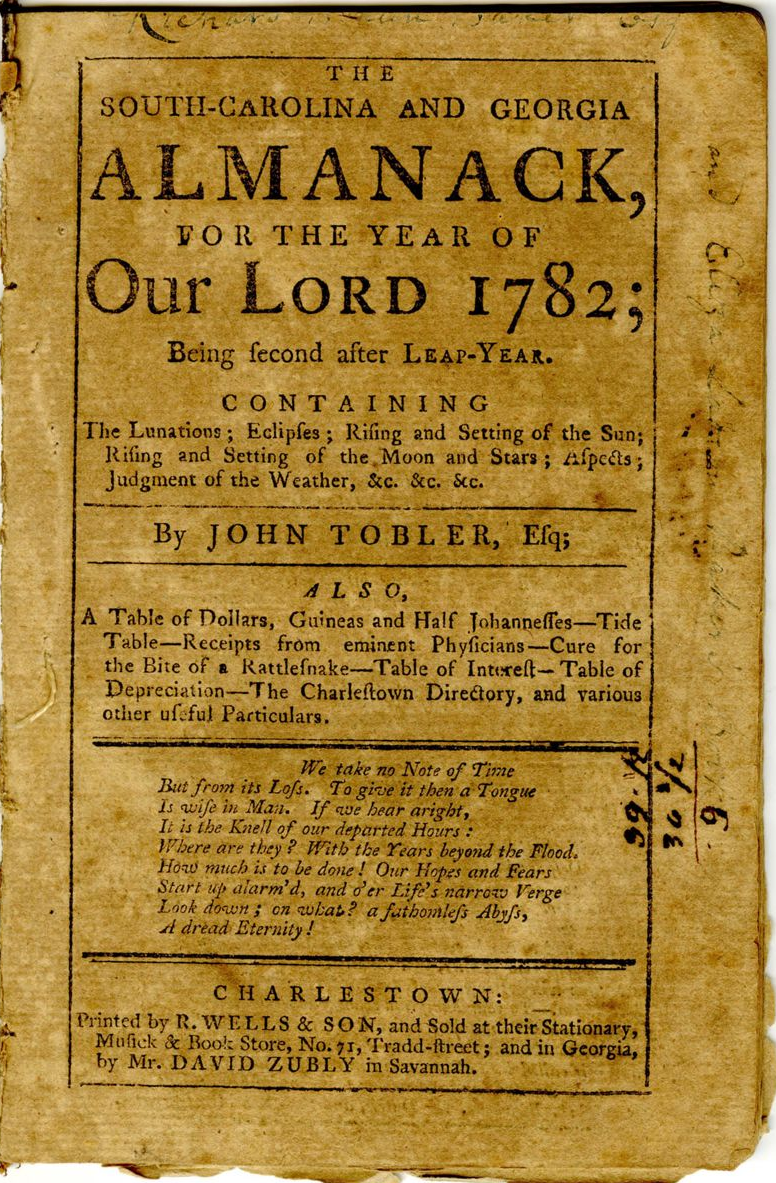
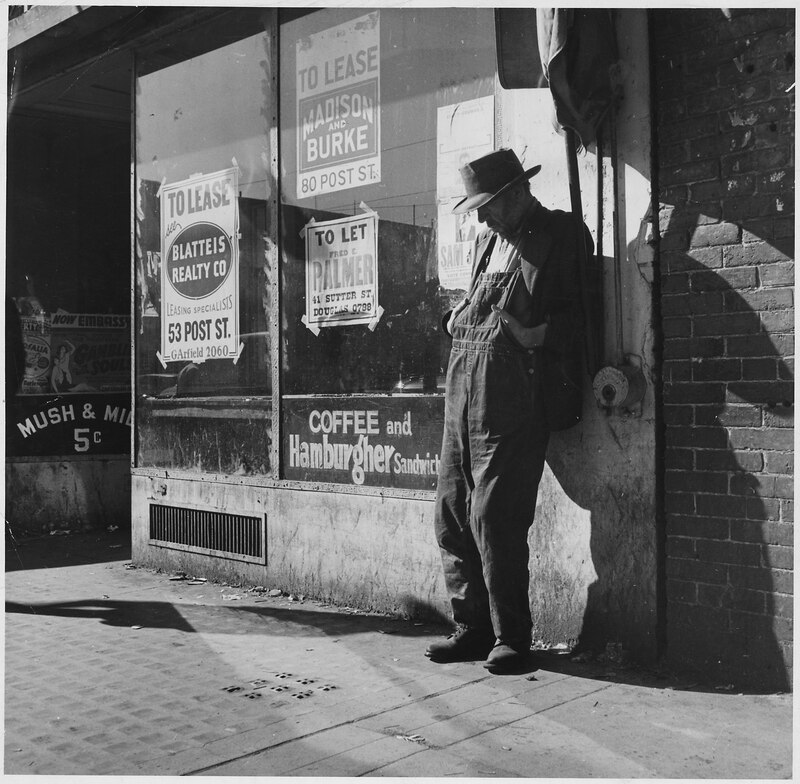

Recent Comments